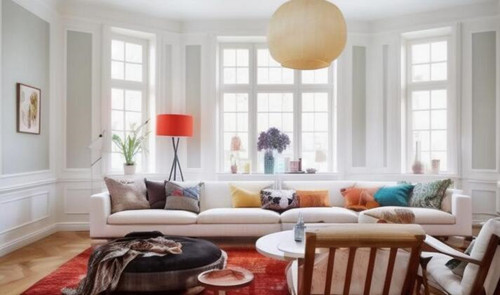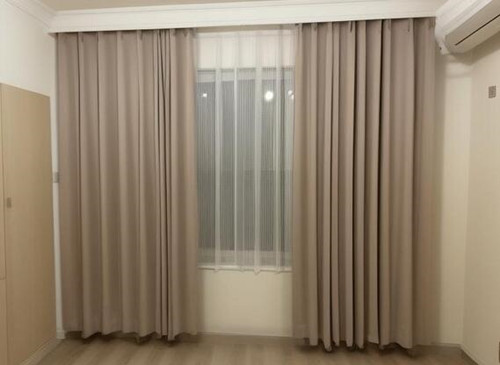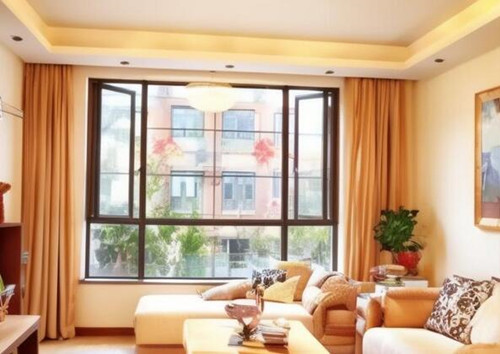With the process of urbanization, noise pollution has become a daily concern for many city residents. This is especially true for residents in older neighborhoods or those living on busy streets, making the soundproofing effectiveness of windows very important. Here are some ways to achieve secondary soundproofing without replacing windows.
1. Surface Treatment
To improve the soundproofing effect of windows, one can start with surface treatments. By adding soundproof materials to the surface of the windows, secondary soundproofing can be achieved. There are special soundproofing tapes or films available on the market that can be applied to the edges or glass of the windows, effectively reducing the transmission of external noise. Additionally, soundproof paint can be sprayed on the window frames to enhance sound insulation.

2. Sealing Gaps
Moreover, the soundproofing effectiveness of windows is closely related to their airtightness. Poor sealing allows external noise to seep into the room. Therefore, sealing gaps can help improve the soundproofing effect of windows. One can use sealant or caulk to fill the gaps between the window frame and glass, preventing external noise infiltration. For older windows, removing old caulking materials and replacing them with new soundproof caulking materials can improve the windows' airtightness.

3. Hanging Curtains
In addition to surface treatment and sealing gaps, hanging curtains is another method to enhance the soundproofing effect of windows. Choosing heavy curtain materials, such as velvet or thick fabrics, can effectively block the entry of external noise. One can also opt for curtains designed with soundproofing capabilities, as these curtains are made of materials and structures that provide better noise insulation. When hanging curtains, it's important to ensure they fully cover the windows, avoiding any gaps that could compromise soundproofing.

4. Installing Soundproof Windows
If the methods mentioned above do not meet your soundproofing needs, you might consider installing soundproof windows outside the existing ones. Soundproof windows typically consist of two layers of glass with a soundproof air layer in between, significantly reducing external noise transmission. For residents living near busy streets, installing soundproof windows is a highly effective solution. However, this installation requires professional assistance, and the cost can be relatively high, but the soundproofing effect is quite noticeable.

In summary, here are some methods for achieving secondary soundproofing without replacing windows. Although not changing windows imposes some limitations on improving sound insulation, effective enhancement can be achieved through simple methods and equipment. Surface treatment, sealing gaps, hanging curtains, and installing soundproof windows are all effective ways to soundproof without replacing windows. Ultimately, the best solution will depend on individual circumstances. I hope these suggestions are helpful in creating a quieter and more comfortable living environment.



